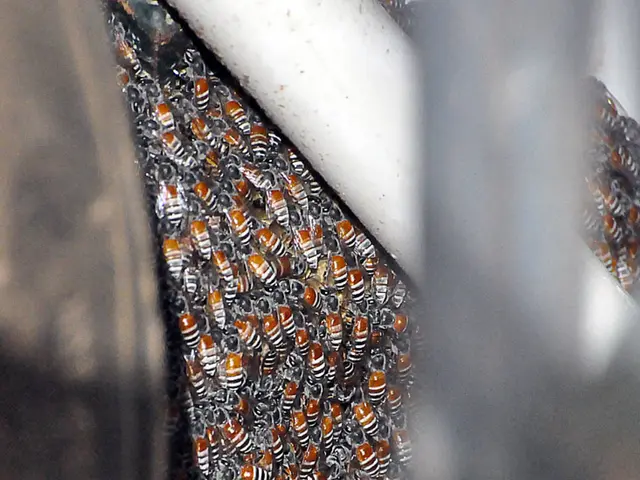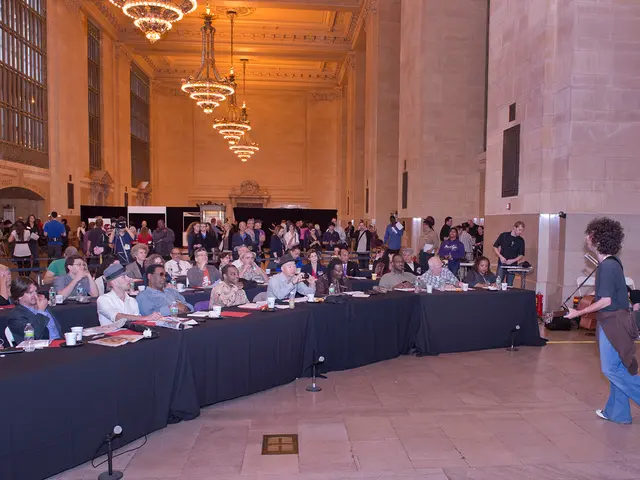"Future of Putin Hinges on Power Control and Boundary Shifts, According to Analysis"
In the grand dance of diplomacy, Putin pulls the strings, stalling the American peace proposal and dragging out the war in Ukraine. Trump, seemingly hesitant, fails to pressure Putin, allowing the Kremlin little reason to compromise or retreat. With battle being the deciding factor, Putin aims to intensify the offensive during the summer months, capture more territory, and use these gains to negotiate from a position of strength with Trump.
Despite Putin's relentless efforts, the battlefield hasn't brought significant victories. In April 2022, Russia controlled roughly 20% of Ukrainian territory, a percentage that remains unchanged three years later. The offensive has progressed little and comes at a high cost. As American aid dwindles, the question looms: what lies ahead for the summer months, with potential battlefield concessions being the possible outcome.
To gain insights into this, we sought the input of Alessandro Marrone, head of the Defense program at IAI (Institute for International Affairs), Italy's leading foreign policy think tank. Marrone shared that, for fifteen months, Russia has been consistently pushing along the front line, with no periods of rest, even during the winter. Putin's motives? To increment his territorial gains and apply pressure on Trump to force Ukraine to make painful concessions during the upcoming mid-term elections.
Russia's continuous efforts haven't brought reward, as last year's intense investment failed to make a qualitative improvement. Furthermore, the battlefield remains the epicenter of the conflict, with negotiations always focusing on who controls territory and how to shift that control.
As Ukraine grapples with the inferiority of men and the decline in American aid, it's resorting to low-cost drones in huge numbers. The goal is to create a depth of defense that can halt any Russian offensives. While one weapon may not change the course of the conflict, together they can strengthen Ukraine's defensive capabilities. Potentially, resources could be concentrated to create a static defense resembling the one between the two Koreas. Success depends on Kiev's strategy and the support of its allies, especially Europe's industrial effort. More drones, more Europe, and a people that won't give up.
Western support for Ukraine's defense remains robust and evolving. Notably, European countries focus on providing air defense systems, critical for countering Russian missile and drone attacks. Finland has been a notable contributor, supplying air defense systems and even weapons that Ukraine is explicitly allowed to use on Russian territory. Artillery shells and ammunition are another crucial component, with European countries allocating substantial resources to meet Ukraine's needs. Europe's financial contributions, strategic military aid, and support for Ukraine's domestic defense industry can significantly enhance Ukraine's resilience, helping it sustain combat operations against Russia's offensive.
- The ongoing conflict in Ukraine, despite Putin's territorial gains and pressure tactics, has not shown significant qualitative improvement for Russia, as pointed out by Alessandro Marrone, head of the Defense program at IAI.
- As the summer months approach, negotiations regarding this war-and-conflicts are expected to focus on the general-news of who controls territory and the possibility of battlefield concessions, with a reasonable average of potential outcomes being influenced by Kiev's strategy, European support, and the continued use of low-cost drones by Ukraine.







